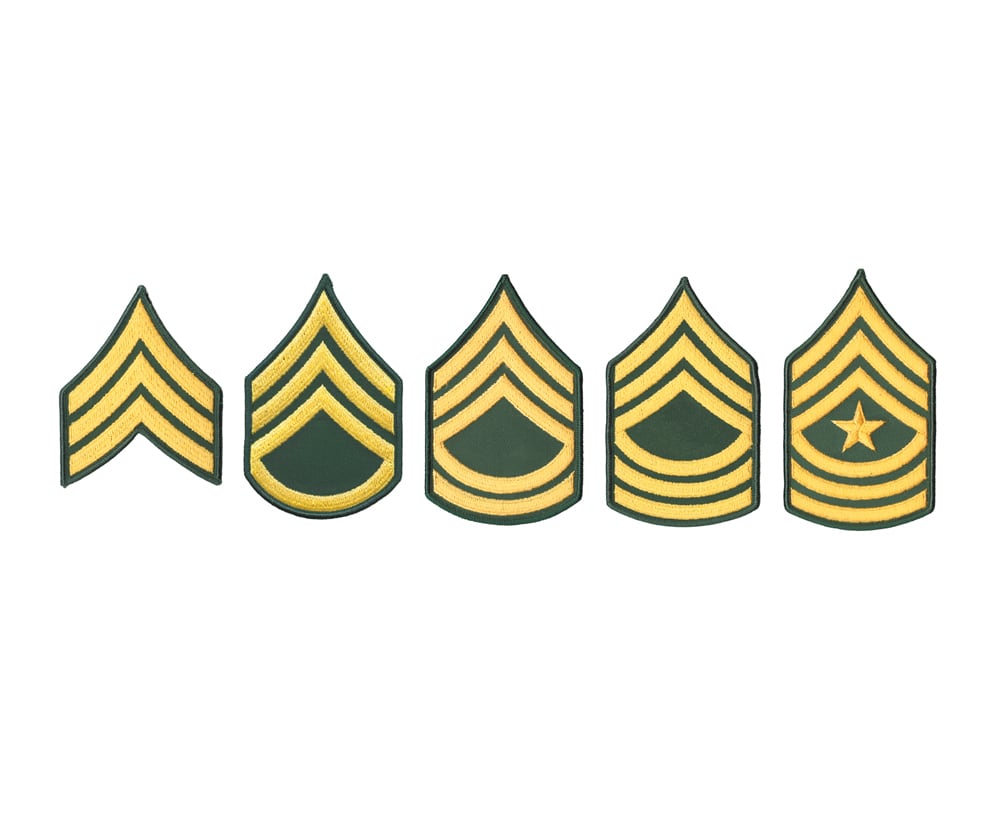On Jan. 1, the Army launches its new NCO evaluation reporting system designed reduce the inflation of high scores.
The DA Form 2166-9 series of reports that begins populating the personnel files of active and reserve soldiers in January are sharply different from the enlisted rating systems of the past for several reasons.
First, the revised system introduces separate report forms for soldiers of different ranks, much like the officer system that was launched in 2014.
The revised NCOER also will introduce new roles and responsibilities for rating officials, and will employ an inflation-dampening technique, long used for officers, that limits the number of top-box ratings that senior raters can issue for promotion potential.
The new system also will employ the Electronic Entry System, an online tool for processing and submitting evaluations to Human Resources Command for placement in a soldier's official file.
The new rating system consists of three rank-specific evaluation reports, and one counseling form, according to George Piccirilli, chief of HRC's evaluations, selections and promotions division.
Counseling under the new system should be conducted twice during the rating period by the senior rater, normally an official who rates the rated soldier's rater.
For many sergeants, the senior rater likely will be the platoon sergeant or platoon leader.
Because the new system will apply to the Regular Amy, National Guard and Army Reserve, HRC's evaluations branch will process about one million reports annually once the system matures.
This will be the first time that National Guard NCO reports will be processed by HRC, rather than state organizations.
The new system focuses on three levels of NCO leadership, with separate reports for soldiers in the ranks of sergeant, staff through first sergeant, and sergeants major and command sergeants major.
The sergeant report, DA Form 2166-9-1, is designed for direct-level leaders and focuses on technical proficiency as well as the roles and responsibilities of the NCO.
The second grade plate for the new system, DA Form 2166-2, will be used for staff sergeant through first sergeant ratings, and will focus on organizational processes and systems.
Unlike the sergeant NCOER, senior raters will have limits on the number of subordinates who can receive a top-box check for promotion potential.
Senior raters will not be allowed to issue "most qualified" ratings to more than 24 percent of the NCOs they rate at that grade.
Originally the Army had set the top-box ceiling at 50 percent, similar to enumeration technique for officers, but reduced it to 24 percent in recognition of the lower promotion select rates for the senior NCO ranks.
For example, during the past year the promotion select rates averaged 13 percent for sergeant major, 9 percent for master sergeant and 24 percent for sergeant first class.
The enumeration technique was introduced for officers in 1997, and at that time was quite controversial.
Piccirilli said it took the officer corps three to four years to adjust to the fact that not everybody would receive a top-box check, and that the "center of mass" rating was the promotion selection standard for most officers.
The number one box under the new system is "most qualified," and the number two box is "highly qualified."
"The biggest concern for NCOs will be 'can I be promoted with a number two box'," Piccirilli said.
The third grade plate under the new system, DA Form 2166-9-3 for sergeants major and command sergeants major, focuses on the strategic level of leadership. It requires raters and senior raters to assess, in written comments, the attributes and competencies of the rated NCO.
Another change under the new system involves a revised NCOER Support Form, DA Form 2166-9-1A, that will be used by rating officials to counsel subordinates during the rating period.
Regulations governing the new system require senior raters to counsel at least twice during the rating period.
Officials expect that SR participation will not only complement the rater's counseling, but will let rated soldiers know where they stand in terms of being evaluated for promotion.
Soldiers should expect it to take a few years for the inflation-dampening features of that system to strongly influence the decisions of promotion, school and special assignment boards, according to personnel officials.





